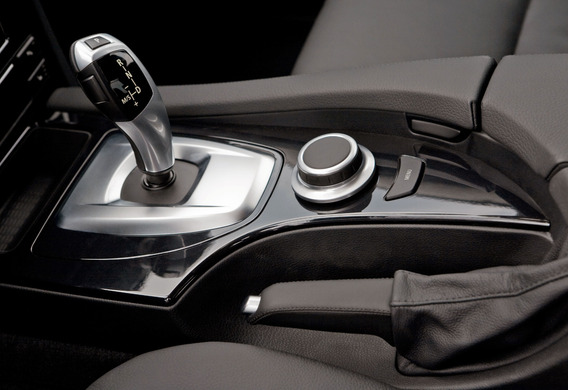
It can be said that the robotic gearbox occupies an intermediate position between the mechanical and automatic transmissions. The idea of creating a "robot" was to combine comfort, reliability and fuel efficiency in one gearbox. At the same time, the robotic box was to be much cheaper than the classic "machine". The practice has shown that both ends have been achieved.
In fact, the robotic gearbox is the "evolution" of a normal mechanical transmission. The device and working principle of "mechanics" is quite simple. The main components are the primary (leading) and secondary (sub) shaft. The leading shaft shall be the engine torque. The wheel shaft shall convert the torque and transmit it to the front or rear wheels, depending on the vehicle type.
There are six in each of the vales. They are rigidly fixed on the leading shaft, and are rotated freely. That is why when the gear box is in neutral, the steering wheels do not receive the torque.
In a motor vehicle with a normal gearbox, the driver first pushes the clutch, thus connecting the primary shaft of the engine. Then, with the lever arm on the secondary shaft, they start to move and to move the synchronizers that prevent the muft from locking the gear until the rotation speeds become the same. When this condition is met, the synchronizer severely blocks the gear of the selected gear on the secondary shaft. It is necessary to activate the clutch.
But if the mechanical transmission is controlled by the driver, that is, it turns the clutch on and off, selects the necessary gear, then in the robotic box all these functions are performed electronically, which consists of the input sensors, the electronic control unit and the actuators.
The main function of the input sensors is the constant control of the main parameters of the gearbox. The information obtained by sensors is further transmitted to the electronic control unit, which interacts with various vehicle systems, such as ABS, ESP, tracks engine speeds, and speeds. In addition, there is a programme for the management of the executive machinery. On the basis of the data received, the electronic unit gives instructions to the executive mechanisms, which are servo-actuators.
As soon as a command is received from the electronic unit to turn on the gear, one servo clutches the clutch, the second moves the coupling, and includes the selected gear. Immediately after the transmission is activated, the first servo device smoothly releases the clutch. So, the driver doesn't have to push the clutch pedal, and it doesn't, because everything is electronics.
Most "robots" have two modes of operation. In automatic mode, all clutch and actuating commands come from the electronic control unit. In manual mode, the driver switches the gear on its own.
Lack of robotic gearbox
During the change of automatic "robot" mode, the robot's power is interrupted for a long time. Such gaps are long enough in time for the driver to notice and feel them.
In order to completely eliminate such failures, or at least significantly reduce the time it takes to switch gears, the double clutch-DCT (dual clutch transmission) was developed in the early 1980s. The most famous representative of such a transmission is a box of DSG, which is used in cars of Volkswagen, Audi and others.







